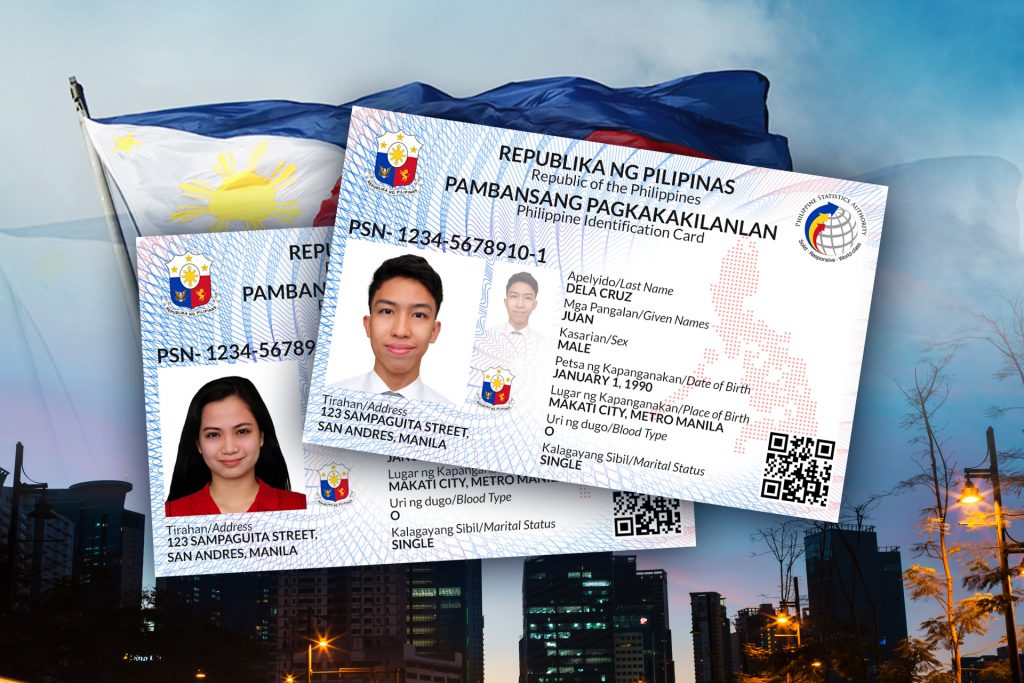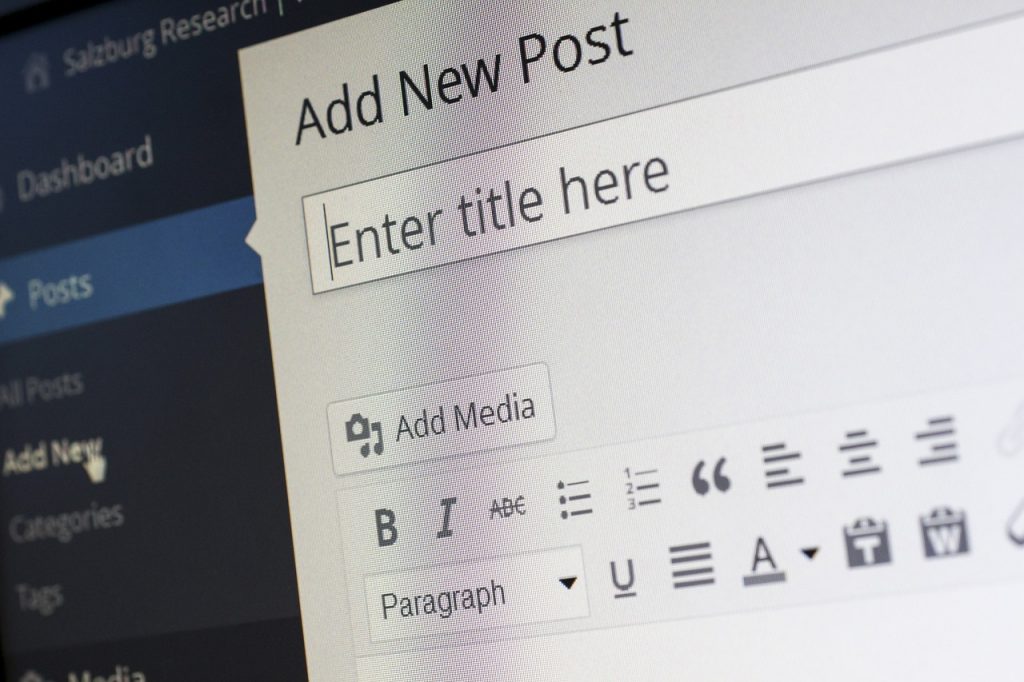At long last! After having controversial issues from past and failed attempts, the Philippine National ID System (a.k.a PhilID, PhilSys ID, or Philippine ID) has been signed into law by President Rodrigo Roa Duterte on August 6, 2018 in Malacañang Palace. The PhilSys ID is the government’s core identification that aims to hasten public and private transactions.
Is this new government identification card same as the ones you already own? Read the facts and see them for yourself!
Fast Facts You Must Know about the Philippine National ID System
1. We will no longer have to struggle presenting multiple IDs to prove our identity. The Philippine National ID is a single and streamlined national identification that will enhance governance and help reduce identity theft, corruption, and fraud transactions.
2. The initial application, issuance, and renewal of PhilSys ID will be free of charge.
3. This will not only help ward off corruption, identity theft, and fraudulent transactions, it will also make both private and public transactions easier, help deter criminality, and increase the delivery of services to the poor who lack proper government-issued identification cards.
4. According to the Senate Bill 1738’s author and sponsor, Senator Panfilo Lacson, having a Philippine National ID System would not be compulsory.
5. The PhilID cannot only be used in dealing with private and public transactions. It can also be used for the following:
• Tax-related transactions
• Application for passport and driver’s license
• Application for services offered by the SSS, GSIS, Pag-Ibig, PhilHealth, and other government agencies
• Application for social welfare and benefits
• Application for schools, colleges, and universities
• Application for employment
• Application with banks and financial institutions
• Verification of criminal records and clearances
• Other transactions stated in the implementing rules and regulations
6. The Philippine Statistics Authority (PSA) is the main implementing agency of the PhilSys ID. It is responsible for security and maintenance of information collected from all Filipinos and registered aliens in the Philippines.
7. According to the Senate Bill 1738, a user has only two ways to use or access the registered ID: (1) If the registered individual gives consent or (2) if there is a released court order issued for public interest or safety.
8. The demographic data to be collected under the Philippine National ID System includes full name, sex, date of birth, blood type, address, and citizenship. Other information such as marital status, mobile number and e-mail address are optional.
9. Filipinos are not required to apply for a national ID. However, they are likely to face inconvenience in processing government and business transactions.
10. According to Social Weather Stations (SWS), 7 out of 10 Filipinos support and favor the PhilID.
BONUS: According to Inquirer.net, a pilot implementation of the Philippine National ID System will be rolled out in early 2019, along with a target of yearly application of 25 million Filipinos.
What do you think of the National ID? Share us your thoughts in the comments section! Don’t forget to share this to your friends to keep them in the loop, too!
(Disclaimer: The ID cards in this blog’s featured image are just sample designs/layouts and are not the actual and final ID cards to be released by the Philippine Statistics Authority.)
Sources: Philippine Star, INQUIRER.net, Rappler









